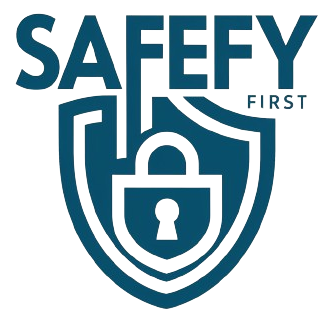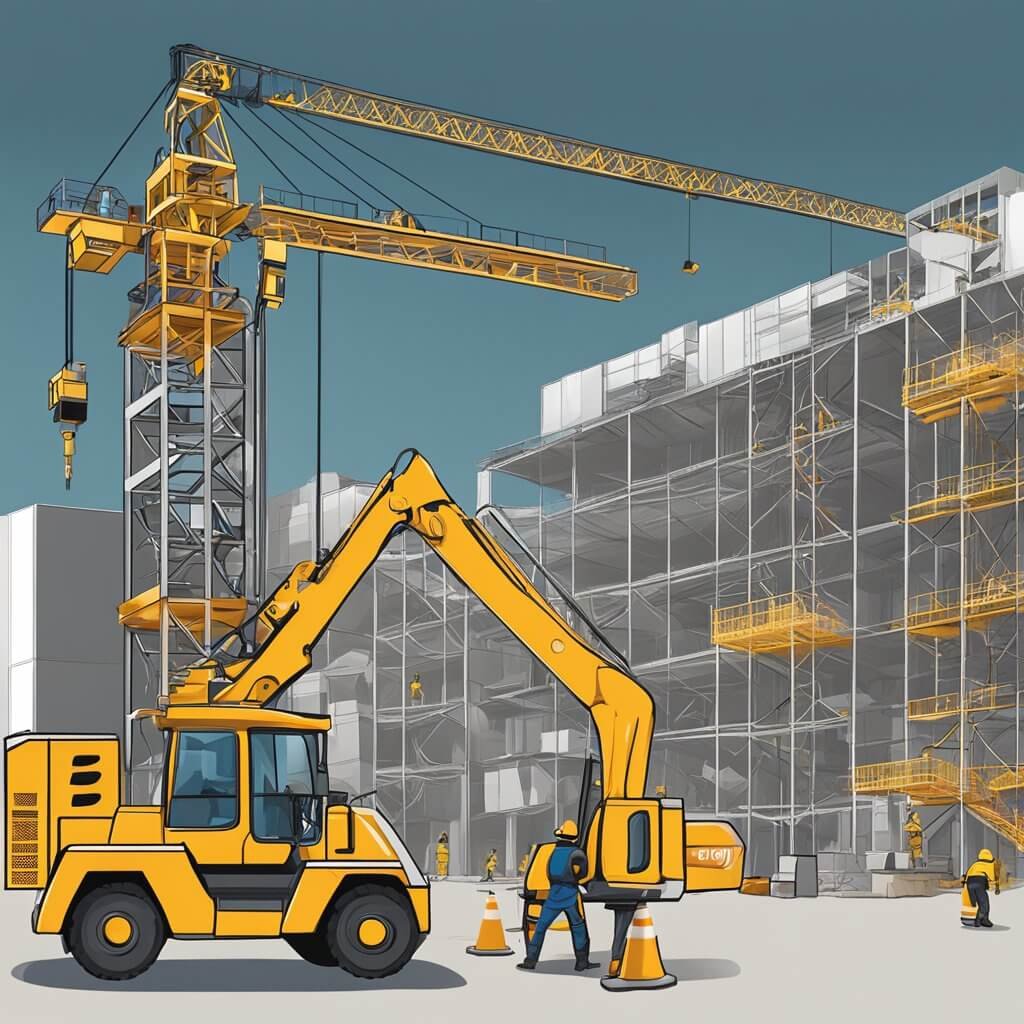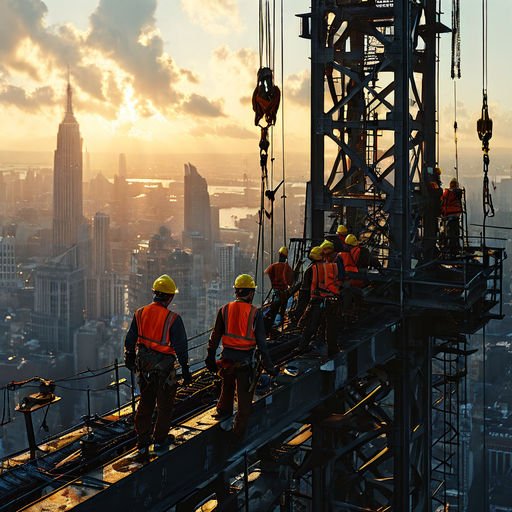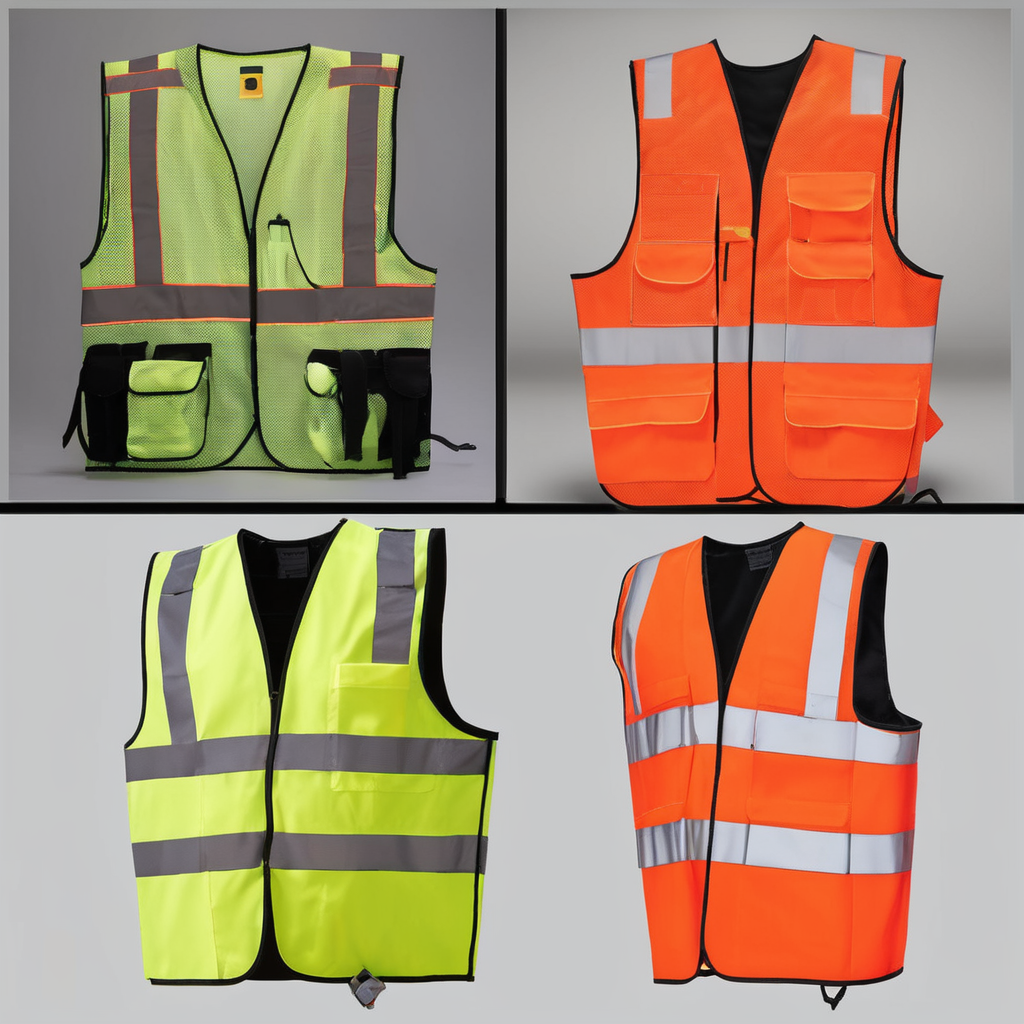Working at height seems exciting from the ground, but it only takes a single misstep to end in tragedy. As a roofer, I’ve seen firsthand how easily accidents can happen when up high, from slips on wet surfaces to unstable scaffolding giving way in high winds.
In my 10 years in the industry, I’ve had a few close calls of my own that could have turned deadly without the right safety precautions. That’s why I’m passionate about sharing my top tips for working at height safely. Whether you’re a pro like me or taking on an occasional DIY project on the roof, following basic protocols can be the difference between going home safe to your family or becoming yet another statistic.
In this article, I’ll outline the eight most important things you can do to minimize risks when working at dangerous heights. By focusing on fall protection, hazard assessment, weather conditions, access, anchors and concentration, I’ve kept myself injury-free all these years. Let me show you how to do the same.
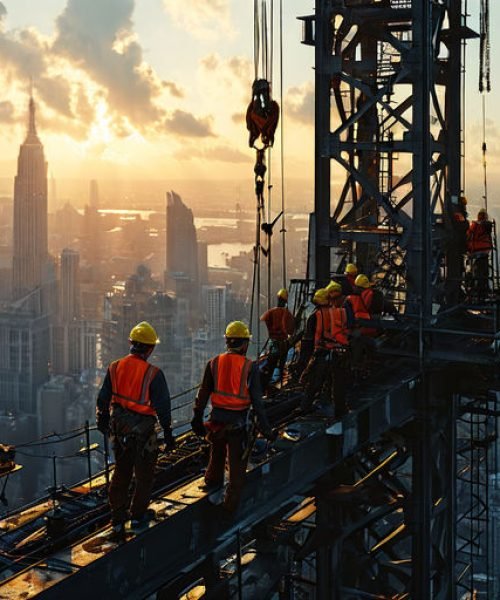
Working at height can be challenging but taking proper precautions is crucial to staying safe. This article provides 8 of the best tips for working at height to help minimize risks when performing jobs off the ground.
1. Use Proper Fall Protection Equipment
The most important thing when working at height is to use fall protection equipment like safety harnesses, lifelines, and lanyards. These devices are designed to catch and arrest a fall, preventing injury from a fall from height. When working above 6 feet, OSHA requires the use of fall protection. Be sure all equipment is rated for the intended use and inspected regularly for wear and tear. A damaged harness or lanyard could fail in a fall situation.
2. Train on High Height Equipment
It’s not enough to just use fall protection gear – workers need proper training on how to use it safely and effectively. Training should cover the types of equipment available, correct inspection techniques, proper fitting of harnesses, and safe anchoring techniques. Untrained workers are more likely to make mistakes that compromise safety. Employers should provide accredited training programs for all employees required to work at height.
3. Assess Fall Hazards
Before starting a job at height, take time to carefully assess potential fall hazards like fragile surfaces, holes, edges, and sloped or slippery surfaces. Think about fall paths and the danger of falling objects. Take steps to eliminate or control hazards through guardrails, fall nets, or fall protection anchors. A thorough pre-job hazard assessment can prevent accidents.
4. Use Proper Access Equipment
Ladders, scaffolding, aerial lifts, and other access equipment need to be fit for purpose and in good condition. Ladders should extend at least 3 feet above the landing area and be secured or footed. Scaffold planks should be fully decked and braced properly. Aerial lifts like scissor lifts or boom lifts require training certification to operate safely. Inspect access equipment daily for defects before use.
5. Watch the Weather
Wind, rain, snow and ice can significantly increase risks when working at height. Postpone outdoor jobs if bad weather is expected or occurring. High winds can blow workers or materials off edges or cause unstable scaffolding or ladders to shift or collapse. Rain, snow or ice on surfaces like roofs increases slip hazards. Check the forecast and reschedule work for better conditions whenever possible.
6. Use Fall Protection Anchors
When tying off fall protection lanyards, the anchor point is critical. It needs to safely support 5000 pounds of force and be securely attached to the structure. Common anchors include beam clamps, lifelines, guardrails, and outriggers. Avoid tie-off points like vents, pipes or conduit that can break away. Inspect anchors before relying on them to catch a fall.
7. Avoid Working Alone
Having someone nearby to call for help in an emergency is important when working at height. A solo worker could be incapacitated by a fall and unable to summon assistance. Whenever possible, work in teams of two or more for added safety. Use radio communication if workers must separate but remain in visual contact with each other at all times.
8. Stay Focused and Well Rested
Working at height requires intense focus and awareness due to the risks involved. Fatigue can seriously impair judgment and coordination, increasing accident probability. Get adequate rest before a job and take regular breaks to avoid mental and physical exhaustion. Leave distractions like cell phones in vehicles or turn them off – inattention for even a moment could prove disastrous. Staying alert and concentrating fully on the task at hand is crucial for safety at height.
In conclusion, following basic protocols for fall protection, hazard assessment, safe access, weather awareness, anchor selection, teamwork and focus can significantly reduce risks when working at height. Taking precautions is the best way to avoid injury from a fall. Always prioritize safety over speed and shortcuts to make it home safely at the end of each working day at height.
